The Massachusetts Clean Energy Center (MassCEC), a state economic development agency, has selected firms to help implement a vehicle-to-everything (V2X) demonstration program, and is now inviting expressions of interest from owners of eligible electric vehicle (EVs).
The program will offer a free bidirectional EV charger to 100 residential, commercial and school-district participants, with a focus on residential customers within environmental justice communities.
Participating EVs must be capable of bidirectional power flow. MassCEC identified 11 bidirectional light-duty EVs across seven brands, listed below, and said the range of bidirectional vehicles “continues to grow as auto manufacturers announce new products.” For school districts, MassCEC listed six manufacturers offering bidirectional electric school buses.
The consultancy Resource Innovations will manage the project, while Mobility House, which manages EV fleet charging facilities, will provide vehicle-grid integration software.
Dylan Gasperik, a spokesperson for Mobility House, said that bidirectional charging enables an EV to be used as an energy storage system, “opening up the same use cases as a stationary battery, including emergency backup power and grid services.”
An existing vehicle-to-grid (V2G) pilot program offered by the two largest utilities in Massachusetts enables commercial customers to receive compensation for enrolling their electric vehicles in a demand-response program. The new program will also provide that option, Gasperik said, adding that “other value streams with other utilities will also be explored.”
The consultancy Converge Strategies and the Vehicle-Grid Integration Council will “lead stakeholder engagement and coordination” with utilities, local governments, community members, charging vendors and automakers, and will ultimately develop a Massachusetts V2X guidebook, said a statement from Resource Innovations.
Two Massachusetts-based firms will manage engineering, site design and construction: Voltrek, which installs and maintains EV chargers, and B2Q Associates, an engineering firm.
Other vehicle-grid integration work includes two recent initiatives in California:
- A pilot program that offers bidirectional EV charging at dynamic hourly rates. The program aims to show how improving distribution circuit utilization can keep customer costs down by reducing the need for distribution upgrades.
- A solar-plus-storage project integrated with a vehicle-to-grid platform, designed to charge a fleet of electric vehicles.
The value of one approach to vehicle-grid integration was shown in a study for New York State, which found that the state could reach 8 GW of flexible electricity demand by 2040, helping balance renewables, largely by enrolling a projected 6.4 million EVs by 2040 in managed charging.
Eligible vehicles
The bidirectional light-duty EVs potentially eligible for the Massachusetts program are shown below, although a MassCEC fact sheet notes that “restrictions put in place by some automotive and/or charging station equipment manufacturers may limit the final eligibility of some vehicles.”
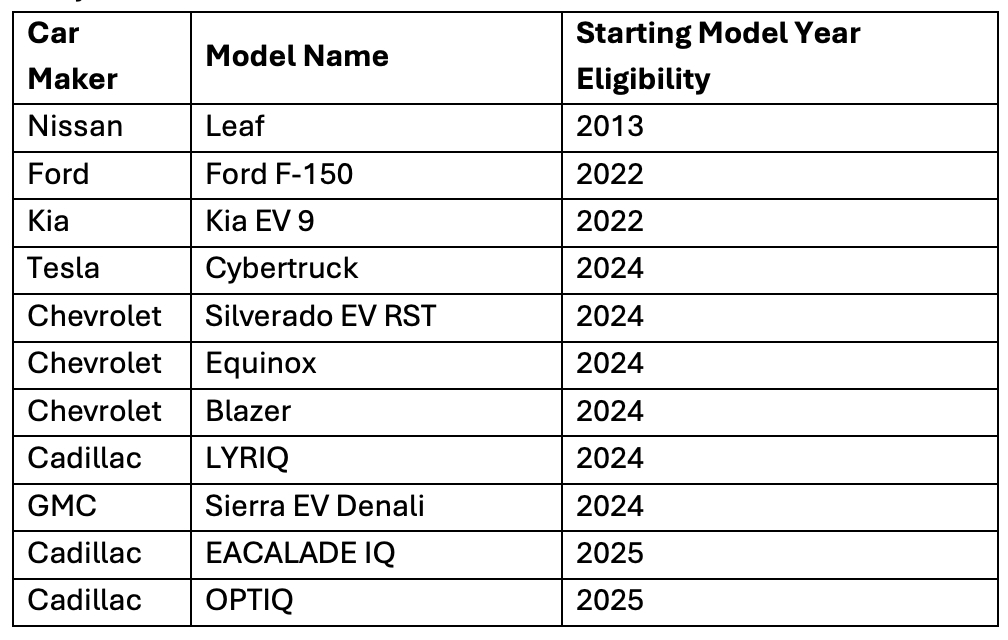
This content is protected by copyright and may not be reused. If you want to cooperate with us and would like to reuse some of our content, please contact: editors@pv-magazine.com.
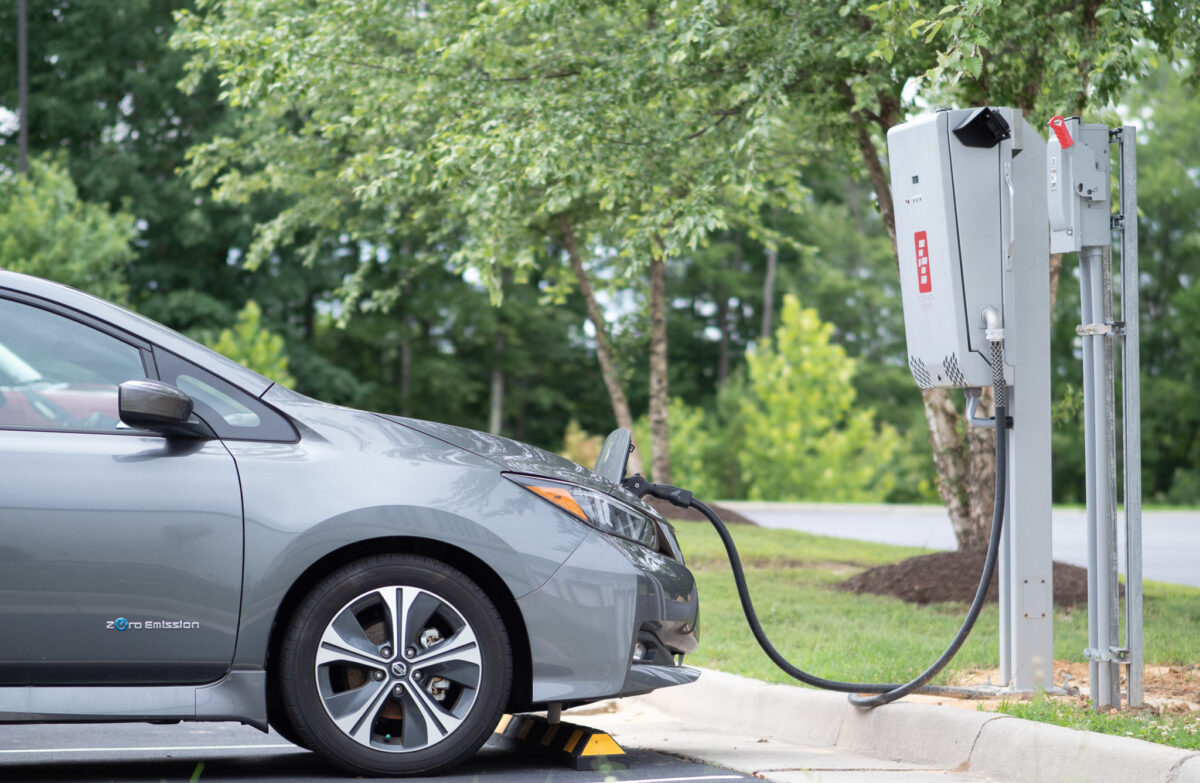
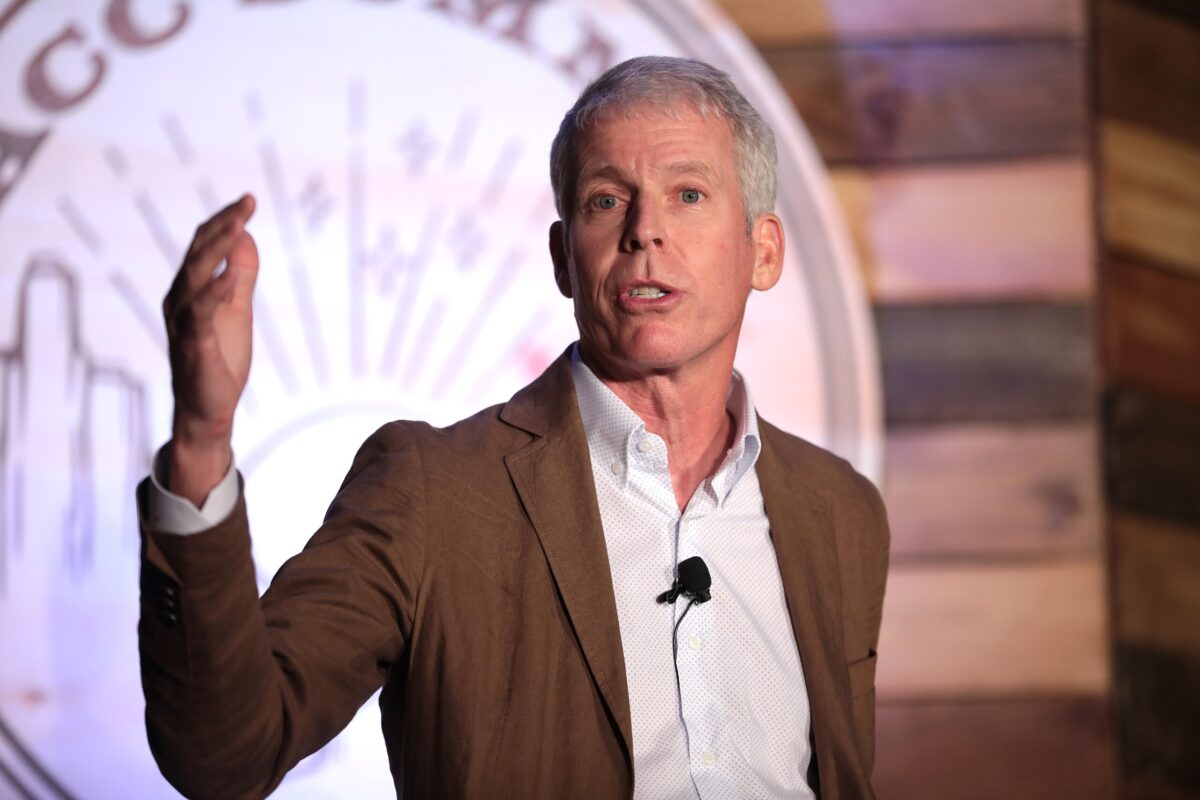



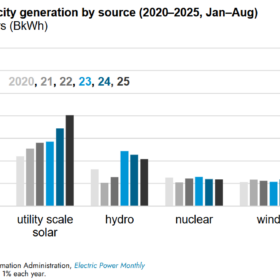
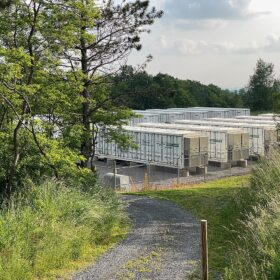
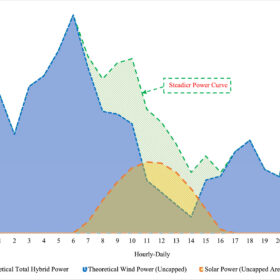
Will a 2025 Tesla model Y be added to the list? What consideration is given to a lot of charge, discharge of the battery beyond reasonable use?